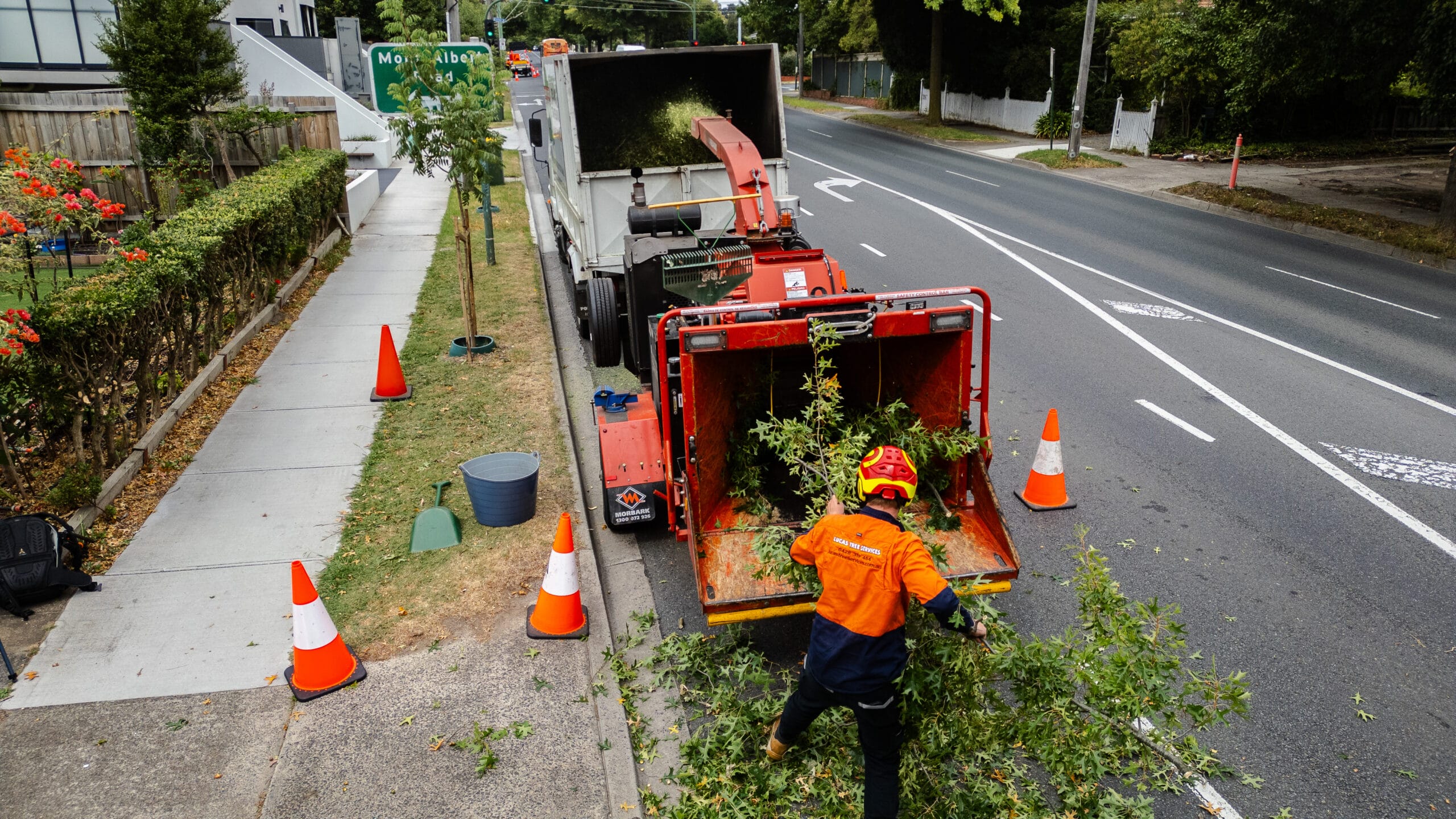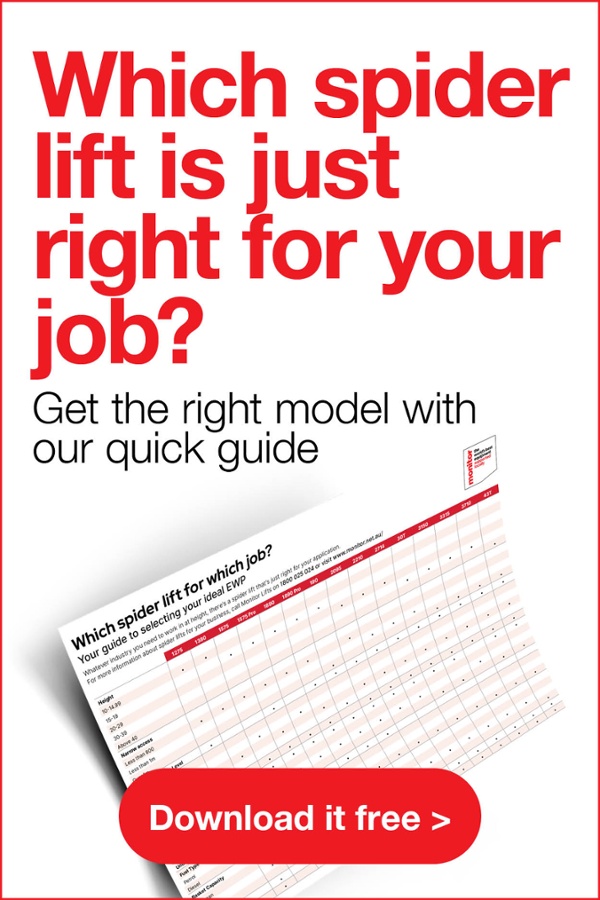
Maintaining Your Wood Chipper

For operators of commercial-grade wood chippers, ensuring peak performance and extended service life hinges on meticulous maintenance.
While you’re already well-versed in routine upkeep, the following technical guidelines serve as an refresher to help you optimise your equipment’s efficiency and reliability.
1. Engine Maintenance
Engine care is paramount.
- Oil Inspection and Change:
Before each run, verify the engine oil level and its condition. Adhere strictly to the manufacturer’s intervals—typically every 200–250 operating hours—to prevent sludge formation. Fully drain the old oil, replace the oil filter if applicable, and dispose of the used oil in accordance with local regulations. - Fuel System:
Replace the fuel filter as recommended. A clean filter ensures consistent fuel flow and helps avoid misfiring or stalling issues. - Spark Plug and Ignition:
Ensure the spark plug and its lead are securely connected and free from corrosion. If you detect any wear or buildup, clean or replace these components promptly to maintain optimum ignition efficiency.
2. Cutting Unit (Blade and Knife) Maintenance
The condition of your cutting components directly affects both performance and safety.
- Inspection:
Regularly examine chipper blades and knives for nicks, chips, or any signs of wear. Even minor imperfections can lead to uneven cutting and increase engine load. - Sharpening and Replacement:
Use industry-standard techniques or engage professional services to sharpen blades. When replacing, ensure that new parts meet the manufacturer’s specifications. Always tighten blade bolts to the recommended torque to prevent excessive vibration. - Safety Precautions:
Always power down and engage a lockout/tagout system before performing any maintenance on the cutting unit. Although many commercial chippers feature integrated safety interlocks, verify that the machine is completely de-energised prior to any work.
3. Air Filter and Electrical System
A clean air supply and robust electrical connections are critical for optimal engine performance.
- Air Filter:
Inspect the air filter for blockages, cleaning or replacing it as necessary. A clogged filter reduces airflow, lowering engine efficiency and increasing wear. - Electrical Components:
Conduct a thorough check of all wiring and connectors, particularly in high-vibration areas. Look for signs of abrasion, corrosion, or loose connections and secure or replace any compromised wiring promptly. - Reference Manuals:
Commercial chippers may incorporate additional systems (such as hydraulic feed mechanisms). Always consult the specific technical manual for your model to verify service intervals, torque specifications, and recommended lubricants.
4. Cleaning and Storage
Proper cleaning and storage are as crucial as active maintenance.
- Pressure Washing:
Use a pressure washer to remove accumulated debris. Take care to avoid spraying electrical components directly, and ensure the unit is fully dry before restarting. - Fuel Management:
Drain residual fuel if the machine is to be idle for extended periods. If storage is unavoidable, add a fuel stabiliser, run the engine briefly to circulate it, and secure the fuel system in line with the manufacturer’s guidelines. - Storage Environment:
Store your chipper in a dry, well-ventilated area, protected from extreme temperatures, moisture, and direct sunlight. For long-term storage, consider using protective covers to minimise the risk of rust and corrosion.
Advanced Tips for Commercial Operation
- Safety First:
Always wear appropriate PPE, including gloves and eye protection, and ensure all safety systems are fully operational before commencing maintenance. - Pre-Operation Checks:
Incorporate routine pre-operation inspections into your daily work practices to identify potential issues early. - Keep Spare Parts:
Due to the high usage of commercial chippers, maintain an inventory of critical spare parts—especially high-wear items like blades and filters—to reduce downtime. - Professional Servicing:
For maintenance tasks beyond routine upkeep, engage a certified service technician who is familiar with commercial equipment standards
Frequently Asked Questions (FAQs)
How often should I change the oil in my wood chipper?
It’s recommended to change the engine oil every 200-250 hours of operation or as specified in the engine manual.
How do I know when the chipper blades need sharpening?
If your chipper struggles to process branches or produces uneven wood chips, it’s time to sharpen or replace the chipper blades.
Can I use a pressure washer to clean my wood chipper?
Yes, but avoid spraying directly at the electrical components and allow the chipper to dry completely before use.
- Tamworth
- 143 Gunnedah Rd, West Tamworth NSW 2340
- (02) 6755 6000
- Sydney
- 49-50 Cassola Pl, Penrith NSW 2740
- (02) 8678 5537
- Melbourne
- 24-28 Williams Rd, Dandenong South VIC 3175
- (03) 9791 7178
- Brisbane - Caboolture
- 2 Alta Road, Caboolture QLD 4510
- Brisbane - Crestmead
- 191 Magnesium Dr, Crestmead QLD 4132
- Perth
- 11 Reihill Rd, Maddington WA 6109




